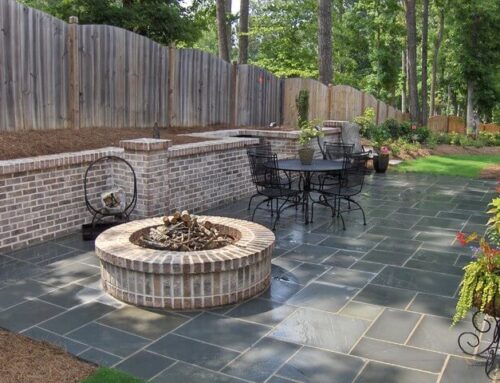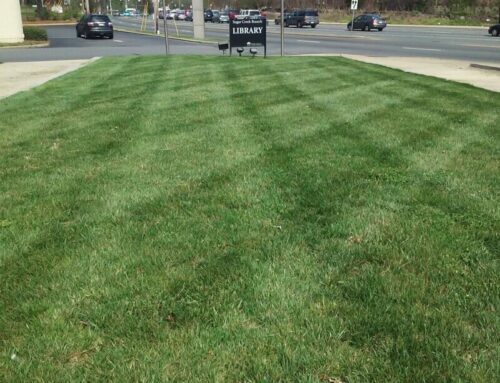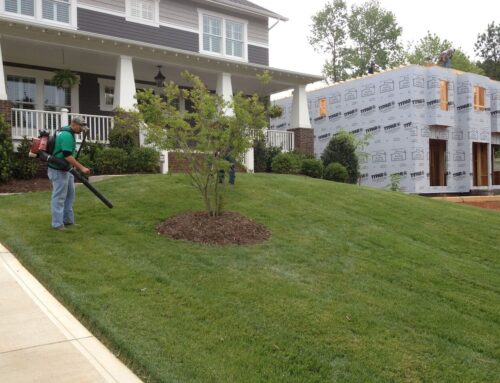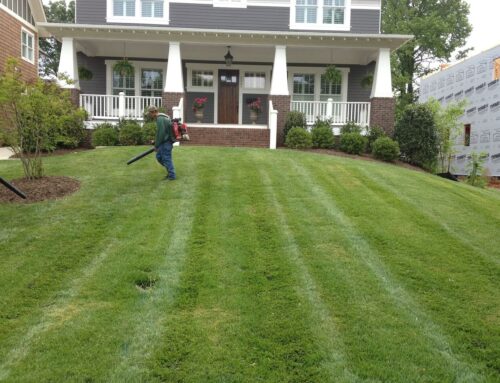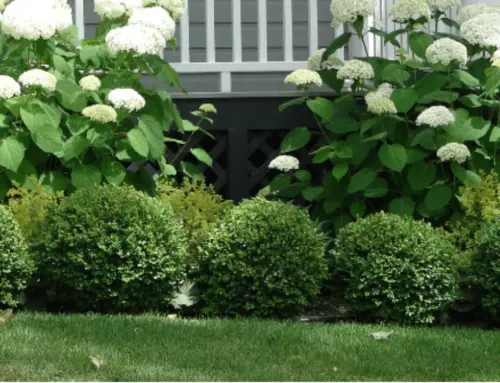Transforming your outdoor space into a beautiful, functional area begins with expert landscape design. Whether it’s a cozy backyard retreat or a stunning front yard makeover, thoughtful planning can turn any property into a personal oasis.
With the right vision and a professional approach, you can maximize your outdoor space, enhance curb appeal, and create an inviting atmosphere. A landscape design expert takes the time to understand your style and needs, crafting a plan that balances aesthetics with practicality.
From selecting the best plants to optimizing layout, every detail is tailored to reflect your vision while ensuring long-term beauty and function. Ready to transform your property? Let a landscape design professional bring your outdoor dreams to life!
What are the key elements of an effective landscape design plan?
An effective landscape design incorporates several key elements that ensure functionality and aesthetic appeal. Here are the primary components:
- Unity and Balance: A cohesive design harmonizes all elements, creating a sense of unity. This can be achieved using similar design features, colors, or plant species throughout the space. Balance—either symmetrical or asymmetrical—ensures the landscape feels visually stable and pleasing to the eye.
- Focal Points: A focal point focuses on specific landscape areas, such as a water feature, sculpture, or specimen tree. These elements serve as visual anchors, helping to guide the viewer’s gaze through the space.
- Line and Flow: Using lines in landscape design, such as pathways, borders, and the edges of garden beds, helps create flow and movement throughout the space. Lines can be formal and structured or soft and natural, depending on the desired look and feel.
- Proportion and Scale: Proportion ensures that elements like plants, structures, and features are scaled with each other and the overall property. Proper scale prevents features from overwhelming or disappearing within the landscape, creating a balanced environment.
- Plant Selection and Placement: Choosing the right plants for the local climate, soil, and sun exposure is critical for a thriving landscape. Proper placement ensures plants grow healthily while enhancing the design’s aesthetic appeal.
- Color and Texture: The strategic use of color and texture can add depth and interest to a landscape. Varying plant textures (smooth, rough, spiky) and colors (complementary or contrasting) create dynamic visual effects and seasonal interest.
- Sustainability: A good landscape design considers environmental factors using sustainable practices, such as water-efficient irrigation, native plants, and eco-friendly materials. This not only reduces maintenance costs but also contributes to the long-term health of the landscape.
These elements create a well-balanced, beautiful, and functional outdoor space tailored to the homeowner’s needs and preferences.
How can professional landscape design improve the value and appearance of my property?
Professional landscape design can significantly improve your property’s value and appearance by enhancing its visual appeal and functionality. A well-planned landscape creates a welcoming and attractive environment that elevates your home’s curb appeal, making a strong first impression on visitors and potential buyers. Features such as beautiful gardens, manicured lawns, and striking focal points like water features or sculptures add a polished, high-end feel to your property.
In addition to aesthetics, professional landscape design improves the usability of outdoor spaces, turning underutilized areas into functional zones for relaxation, entertainment, and family activities. Features like patios, outdoor kitchens, and shaded seating areas expand your living space beyond the home’s interior, offering more options for outdoor enjoyment.
Moreover, landscape design can boost your property’s sustainability by incorporating elements like drought-resistant plants, water-efficient irrigation systems, and eco-friendly materials. These features reduce maintenance costs and appeal to environmentally-conscious buyers, adding long-term value to your property.
Studies show that homes with well-designed landscapes can increase in value by 5-12%, making landscape design a smart investment that enhances your property’s beauty and financial worth. Professional landscape design ensures your outdoor space is functional and visually appealing for years.
What is the process of working with a landscape designer to transform my outdoor space?
Working with a landscape designer to transform your outdoor space involves a collaborative, step-by-step process to ensure the final design meets your vision, needs, and budget. Here’s an overview of the typical process:
- Initial Consultation: Your first meeting with the landscape designer begins the process. This session will include your goals, preferences, and outdoor space ideas and features. Considering your budget and timetable, the designer will evaluate your property’s size, layout, solar exposure, and existing features.
- Site Analysis and Design Proposal: After the session, the designer will analyze your property’s soil, drainage, and climate. A design proposal will follow, including a layout plan, plant choices, and materials. This proposal details how paths, seats, and focal points will be added to your space.
- Design Review and Revisions: Once the initial design is complete, you will review it with the designer. This is the opportunity to give feedback and request changes. The designer will adjust based on your input until you are completely satisfied with the plan.
- Budgeting and Finalizing Plans: Once the design is finalized, the landscape designer will provide a detailed cost estimate, including materials, plants, labor, and additional services. You’ll work together to ensure the project stays within your budget, making adjustments as needed.
- Installation and Implementation: After design and budget approval, installation begins. Designers may manage landscaping projects alone or with contractors. This stage involves planting, irrigation, and hardscaping (paths, patios, water features).
- Ongoing Maintenance: After the project is completed, the designer may provide maintenance plans to ensure the longevity and health of your new landscape. They may also offer seasonal check-ins or advice on plant care and features.
Following this collaborative process, you and your landscape designer can create a beautiful, functional outdoor space tailored to your lifestyle and preferences.
How do landscape designers incorporate sustainability into modern landscape plans?
Modern landscape designers use ecologically friendly strategies and materials to reduce resource use, improve ecological health, and create low-maintenance landscapes. They accomplish sustainability in these ways:
- Native and Drought-Resistant Plants: Designers prefer native plants, which thrive in the local climate and soil and require less water, fertilizer, and care. Water-scarce locations have several drought-resistant plants, which conserve water by reducing irrigation.
- Water-Efficient Irrigation Systems: Rain sensors and drip irrigation are popular in modern landscaping. These systems hydrate plant roots directly, reducing evaporation and runoff. Rain gardens and bioswales decrease erosion and filter pollutants before they reach the water table.
- Permeable Hardscapes: For patios, driveways, and walks, designers utilize gravel, pavers with gaps, or porous concrete to limit water runoff and replenish groundwater. These materials allow rainwater to sink into the soil, decreasing stormwater overflow and flooding.
- Recycling and Sustainable Materials: Landscape designers use repurposed wood, recycled stone, and eco-friendly composites. Durable and low-carbon, these options lessen the environmental impact of extracting and manufacturing new materials.
- Energy-Efficient Outdoor Lighting: Sustainable landscapes, such as LED or solar-powered lights, feature energy-efficient outdoor lighting. These lighting systems reduce electricity usage and provide soft, eco-friendly illumination for walkways, patios, and gardens.
- Edible Gardens and Pollinator-Friendly Plants: Designers sometimes include food gardens or flowers and bushes, such as bees, butterflies, and birds. These additions boost biodiversity and produce a self-sustaining ecosystem that benefits humans and nature.
- Composting and Mulching: Organic compost and mulch improve soil health, reduce the need for chemical fertilizers, and help retain moisture in the soil. Designers encourage homeowners to compost yard and kitchen waste, turning it into a nutrient-rich resource for their plants.
By focusing on these sustainable practices, landscape designers create environmentally friendly outdoor spaces that are beautiful, functional, and easy to maintain while minimizing environmental impact and resource consumption.
Transform Your Outdoors with Expert Planning!
Transform your outdoors with expert planning by Performance Lawn & Landscape! Our professional team specializes in designing beautiful, functional landscapes that enhance the aesthetics and value of your property.
Whether you’re looking to create a peaceful garden retreat, a functional outdoor living space, or a stunning curb appeal, we’ll work with you to craft a landscape design that perfectly suits your needs and vision.
With our attention to detail and sustainable practices, we’ll ensure your outdoor space becomes an extension of your home. Contact Performance Lawn & Landscape today to begin your landscape transformation!


